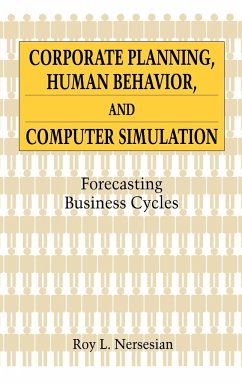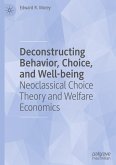Roy L. Nersesian challenges traditional forecasting methods that rely strictly on econometric models, arguing that they ignore a fundamental aspect of the business cycle--human emotional responses to economic stimuli. Nersesian advocates instead the development of forecasting models that incorporate human behavior into the process, and he provides a tool--computer simulation--which can be used for this purpose. As Nersesian demonstrates, such consumer attitudes as confidence in the future, fear of depression, even passing fads can have a profound effect on business activity and are often far more predictive of the future than are the thousands of mathematical equations used to develop a forecast built upon econometrics. By using simulation to factor potential consumer responses into the forecasting process, Nersesian is able to tie forecasting to the consequences of human behavior and thereby determine the way in which attitudes play a role in affecting the future course of business. Nersesian's study is organized around a series of questions about the business cycle: If economic activity is influenced by the nature of decisions, and if decisions are based partly on human responses to such things as prices and costs, and partly on human emotions, shouldn't the forecasting process itself incorporate human behavior? If human behavior in turn is influenced by factors such as price, cost, and inventory, and the general level of confidence in the future, should these not be incorporated in the forecasting process? In order to address these questions, Nersesian creates a simple island society and demonstrates how to use simulation to assess the effects of elements that might cause a change of consumer sentiment during the forecast period. As Nersesian concludes, a change of consumer sentiment at any time during the forecast period can have significant implications for the accuracy or usefulness of a forecast used in the corporate planning process. Both students of forecasting and corporate planners will find Nersesian's work illuminating reading.








